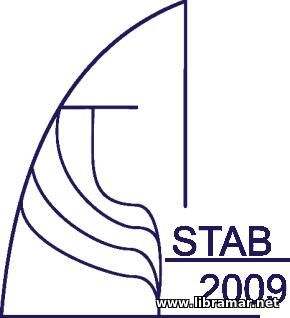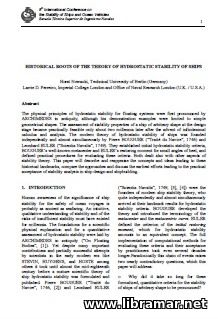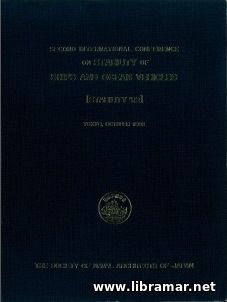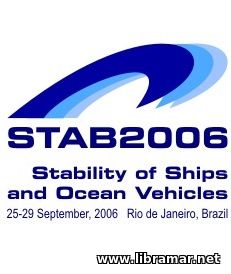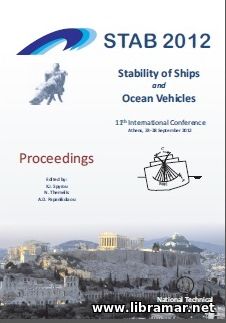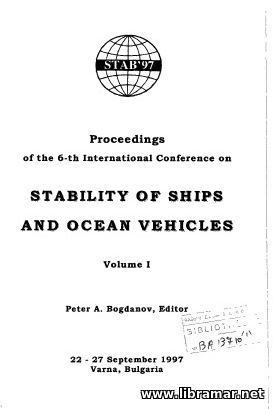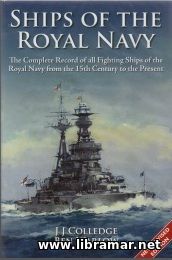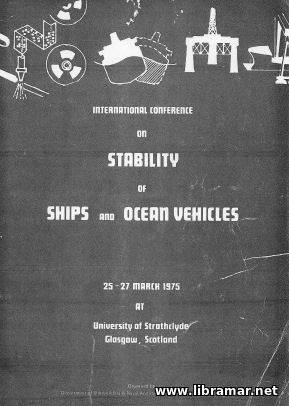
It has always been quite gratifying to attract a large gathering of distinguished experts from all over the world to a particular location for discussion on aspects of their specialist subject. In this case the location was the University of Strathelyde, Glasgow and the subject was the important topic of intact stability of ships and ocean vehicles. The two main purposes of the conference were to provide a forum at international level for the discussion of research findings on stability, and to facilitate the use of such research findings as guidelines for future research efforts and encourage the practical application of the results.
The conference was unique in that it was the first occasion on which so many experts on the topic were gathered under the one roof to examine stability. The opportunity thus presented to elicit the opinions of such a group was too good to miss and this brief report comments on the methods adopted and the results achieved in a delegate survey. It would be very good and useful to go through the materials collected in such compilations in order to be in line with the developments in the industry, starting from the very first conference. That is why we would recommend to have all of the articles readily available.
